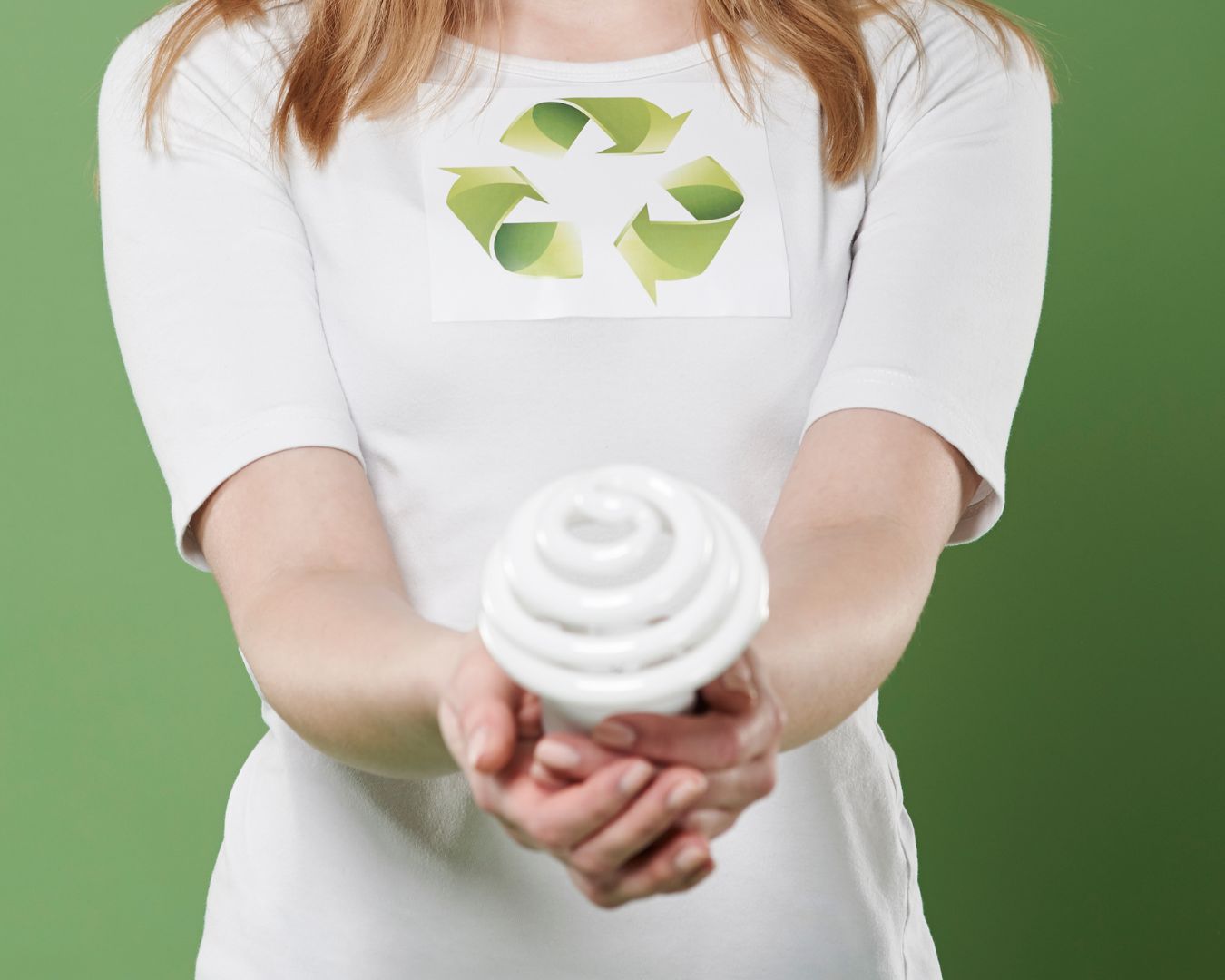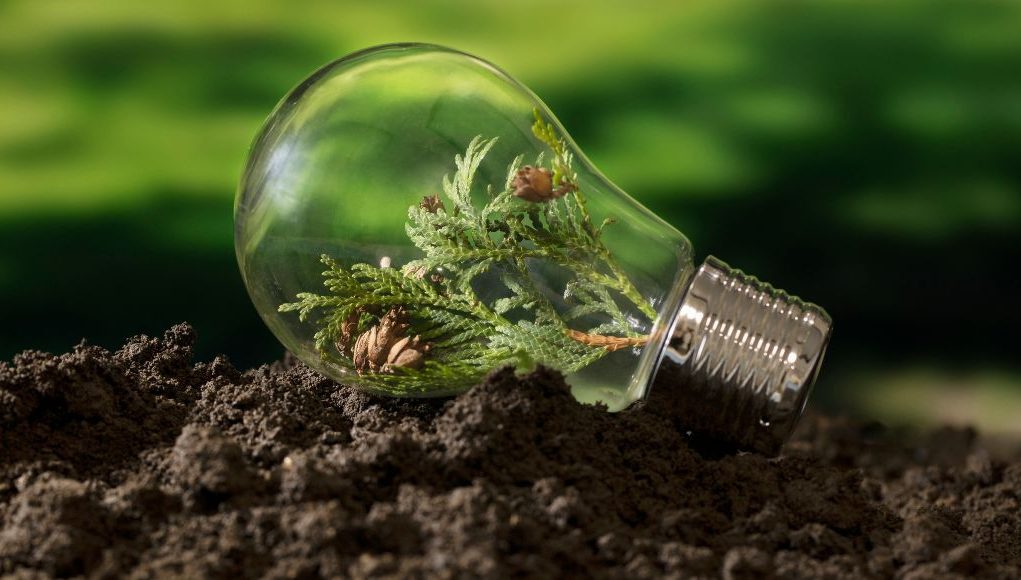Ever wondered what happens to your lights once they burn out? If your answer is that they go directly to the general waste bin along with the wrappers of the UPS package you got yesterday (third one this week?), you’re in for a bit of a surprise.
Yes, sadly, even the almighty LED lightbulb, whose lifespan averages around 25,000 hours, will gradually dim, fade, and die out. It’s not really that dramatic. Just part of the reality that even great things end. (Still being dramatic)
Anyway, the point is, don’t toss your lights into the general waste bin just yet. Lights, believe it or not, are recyclable. Yes! And that’s what we’ll be discussing in this post: why recycling light bulbs is important.
Why Recycling Lighting Matters
Lighting might not scream “eco disaster” in the same way as, say, a leaking oil tanker, but when you multiply millions of expired bulbs across homes, offices, shops, and industrial spaces, the impact becomes a bit… blinding.
Just try to imagine your whole neighbourhood decided to change their lights on the same day and chucked their old bulb in one corner of the street. There would be a mound of light bulbs and fixtures.
The thing is, old lighting products can contain valuable materials like glass, aluminium, copper, and even rare earth elements. Also, those old fluorescents from your Nan’s house? They contain mercury, which is not something we want leaking into the environment, as it could contaminate the soil and water supplies.
This is why recycling matters. It ensures hazardous components are dealt with safely, and reusable materials are not wasted. Kill two birds with one stone, right?
We won’t judge if you’ve binned a lightbulb or two without second thought before. But let’s do better from now on, shall we?
What Can and Can’t Be Recycled
“Can you recycle LED bulbs?”
Alright, just because we said you need to recycle your lights doesn’t mean all lights can be recycled. Let’s make that clear. Some lights just need to go, never to be seen again.
Here’s a bit of a cheat sheet for you:
✅ CAN Be Recycled
NOTE: This list is more like “SHOULD be” than “can be” recycled.
LEDs — Ever see those crossed-out trash bin icons in LED boxes? Yes, that means they don’t go there since most of their components are recyclable. Efficient, long-lasting, and can be recycled. What more can you ask for from LED lights?
Compact Fluorescent Lamps (CFLs) — Contain mercury; need special light bulb disposal.
Fluorescent Tubes — Same deal with the CFL.
High-Intensity Discharge (HID) Bulbs — Require special handling since these, too, contain mercury.
Ultraviolet (UV) Bulbs — The presence of hazardous materials also requires that these be recycled.
❌ CAN’T Be Recycled
Incandescent Bulbs — The old-school kind; usually not accepted for recycling due to low material recovery value
Halogen Bulbs — These are also generally not recyclable through standard recycling programs, although some facilities might accept them. Make sure to check first.
We know it can be tempting to just throw your lights into the trash, but a little bit of effort goes a long way for the environment and the future.
If only there were recycling elves who could just come by and pick up old and broken lights, so we don’t have to worry about them anymore.
How to Recycle Different Bulb Types
No, we won’t tell you to disassemble your broken lights and put on hazmat suits. Recycling lighting doesn’t need to be complicated, but there are different ways to handle recycling different lights.
Let’s look into each one:
CFLs and Fluorescent Tubes
The drama queens of lighting. You handle them with care—literally. If you break them, all that mercury will likely contaminate the soil and water near it. And it’s also a potential health hazard, so be very careful.
Here’s how to recycle them:
- Store them in a sturdy container if collecting several
- Take it to a local recycling point or hazardous waste facility
- Some major retailers (like B&Q or IKEA) have in-store drop-off bins
- Let them take care of the rest.
LEDs
A hero needs a hero’s send-off when their time comes.
How to recycle them:
- Treat them as Waste Electrical and Electronic Equipment (WEEE)
- Drop them off at WEEE bins or electrical recycling points
- Can often be returned to the retailer under take-back schemes
Halogen Bulbs
This is a bit of a grey area. These can be recycled—sometimes. But it’s easier also to just throw them away. They don’t contain harmful chemicals, but their materials are tricky to separate.
How to recycle them:
- Check with your local authority (some accept them, others don’t)
- If not accepted, they may have to go to general waste—but don’t break them!
Incandescents
Most places won’t take them. Its components are not particularly useful for modern recycling systems. You could say that incandescent lights are really already past their prime.
What to do instead:
- Wrap them in paper and dispose of them with general waste
Pro Tip: Consider upgrading to LEDs to avoid the recycling dilemma in future.

Local Recycling Centres and Schemes
Now you may be asking yourself, “I’m all for recycling old lights, but where do I need to go?”
We got you. Even though recycling schemes vary by region, most UK households have access to at least one of the following:
Household Waste Recycling Centres (HWRCs)
From garden waste to old kettles, these are your one-stop shops for everything. Most will have a clearly marked area for bulbs and electrical items. Look for those.
Retail Take-Back Schemes
Under the UK Waste Electrical and Electronic Equipment (WEEE) regulations, many retailers are required to take back old electronics when you buy a new version. This luckily includes lighting products.
We’re talking big chains like:
- Currys – Recycle your lights here. It doesn’t even need to be a light you purchased from them.
- B&Q – Their in-store recycling units are usually located near checkouts. Makes it easier to find.
- IKEA – You can usually find these near the customer service area.
They have in-store bins for old lighting products
Council Collections
Although these are mostly a collection of large items that are no longer needed. Some councils offer kerbside pickup for small electronics and lighting. Check local council collections near you to know more.
Sustainable Bin Rental Services
For those who need a more comprehensive waste disposal solution, sustainable bin rental services from Property Smart or other similar local services are an excellent option. These services offer a range of bins designed to promote recycling and reduce landfill waste.
By choosing a service that prioritises eco-friendly practices, you can ensure your waste is handled responsibly, whether you’re disposing of general waste, recycling, or even specific materials like electrical items, garden waste, or lighting products.
Lighting products, especially those that are no longer in use, require proper disposal to avoid environmental damage.
Product Labelling and Eco Certifications
You know those weird little symbols you see on the packaging and on the back of the lights themselves? We won’t blame you if you’ve never paid attention to them before. (Neither did we.) But it turns out, they’re more than just decoration. Understanding labels can help you recycle better and shop smarter.
Common symbols to look for:
WEEE Bin Symbol – The crossed-out wheeled bin with a line underneath means “don’t chuck me in with general waste!”
CE Mark – Indicates the product meets EU safety standards, though not directly about recyclability.
Restriction of Hazardous Substances (RoHS) Compliant – Means the product limits the use of certain hazardous substances (a win for safer disposal).
Energy Label – Not a recycling label, but still handy; choose A-rated lights for long life and lower waste.
Certifications to consider:
If you want to make recycling easier before you even install the bulb, choose products with recognised eco credentials:
- Cradle to Cradle Certified
- Ecolabel / EU Flower
Brands that go out of their way to use recyclable packaging, offer take-back programs, or design products with end-of-life in mind are worth supporting. You don’t even have to be an “eco warrior” to do so.
Bright Ideas for Reducing Waste
Remember that famous “Prevention is better than cure” quote? It applies to disposing of your lights as well. Because recycling is great, but not producing waste in the first place? Even better. Here are some ideas to kick you off:
Switch to LEDs – We’ve already established why they’re the best lighting choice. They last longer than traditional bulbs, which means fewer to dispose of over time.
Buy quality over quantity – A cheap bulb that fails in 2 months isn’t a bargain.
Choose modular or repairable fixtures – Throwaway designs? Wasteful.
Use dimmers and motion sensors – Reduce wear and extend bulb life.
Store spent bulbs safely until you have a batch to recycle – You already keep too many shoe boxes. What’s a few light bulbs more? Besides, this is better than multiple single recycling trips.
Lighting and Sustainability: A Greener Future shares more green lighting ideas.
Conclusion
There are generally two reasons why you need to recycle your lights. 1) Some parts can still be used or repurposed, and 2) to prevent environmental hazards from spreading (like the mercury in fluorescent bulbs/tubes).
Recycling lighting products might not be the most glamorous topic, but it does make a tangible difference.
So next time a bulb burns out, give it a proper send-off. The planet—and your conscience—will thank you.













